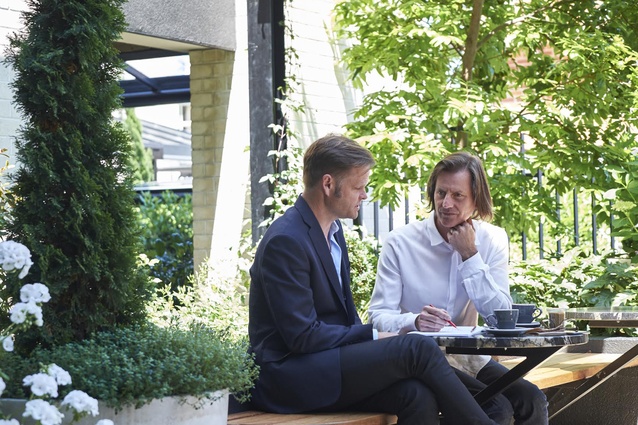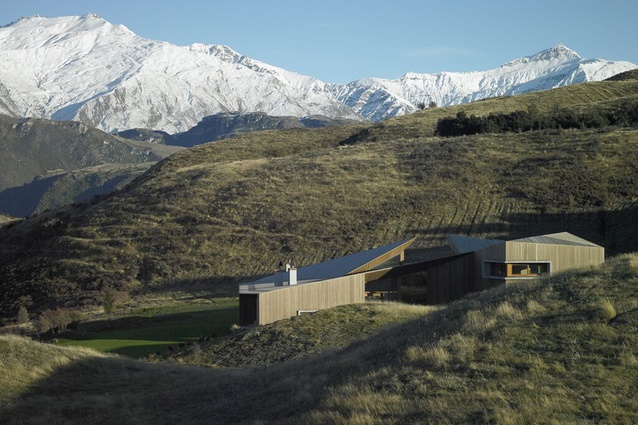Architect Nick Stevens talks sandcastles and collaboration
Architect Nick Stevens of Stevens Lawson Architects recently caught up with Hannah Wrathall on a new podcast for creatives. The Hatch podcast speaks to creatives across disciplines about starting something new.
Stevens recounts early memories of making sandcastles (culminating in a sand rendition of the Sydney Opera House at a later age), chats about starting a practice and partnering with Gary Lawson and more.
Wrathall asks if Stevens and Lawson are similar in their architectural approach, or if they have more complementary styles. “I would say, we’re a bit of both,” Stevens says. “You see, you’ve got to be different enough to make the collaboration worthwhile. But, there has to be enough overlap that you both recognise when something is really good.”
Stevens Lawson is behind some iconic designs around New Zealand: Recently, The Chapel of St Peter, but also the Ellen Melville Centre and Freyberg Place and numerous NZIA Award-winning projects, including a New Zealand Architecture Medal recipient, the Blyth Performing Arts Centre in Hawkes Bay in 2015. Wrathall and Stevens talk about creating a “cinematic experience” in homes. “It’s very much about how you move through the house and around the house. So, you see photographs of houses and they can look really beautiful, but it’s not actually the way they’re experienced,” Stevens says.
Stevens talks, as well, about some of his favourite projects. One being a project that is under construction for the Auckland City Mission. “This is the most important, most significant work, probably, I’ll ever do.”
“It’s a project that’s incredibly close to my heart and very much close to my ethics,” he continues, “that architecture is not just luxury goods, that architecture is for everybody…”
Listen to the full conversation below:











